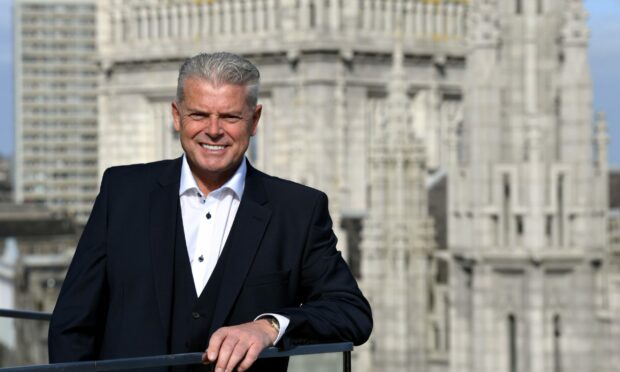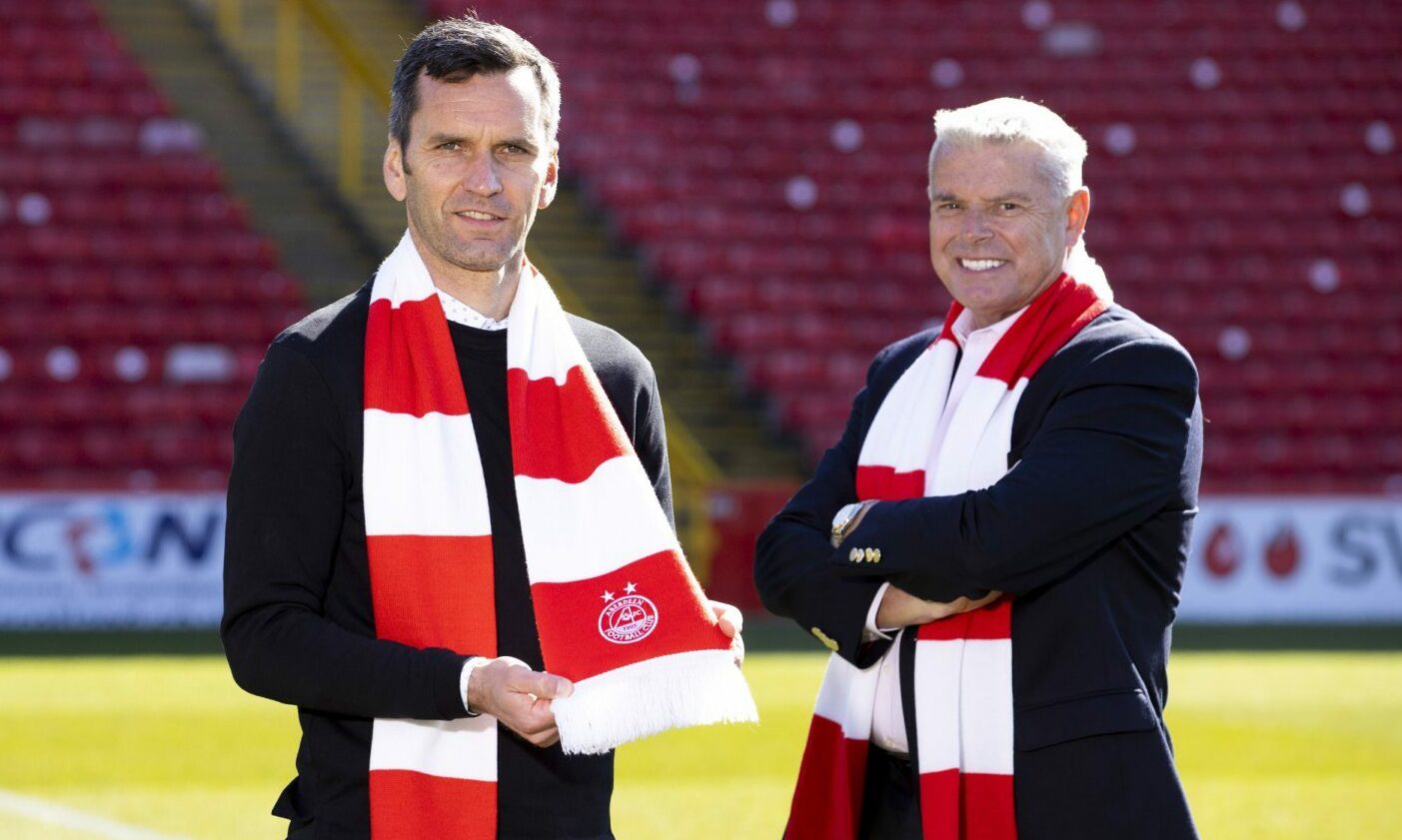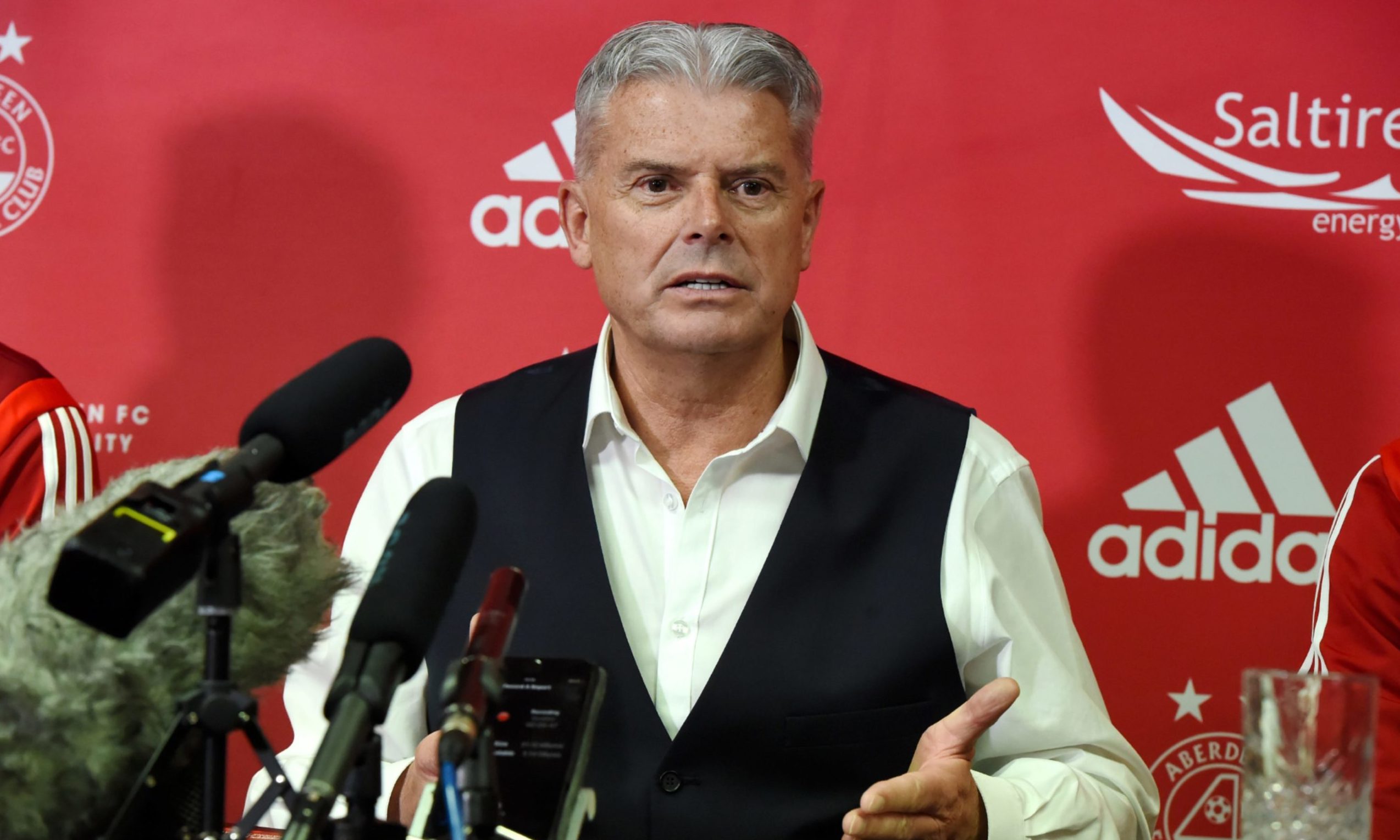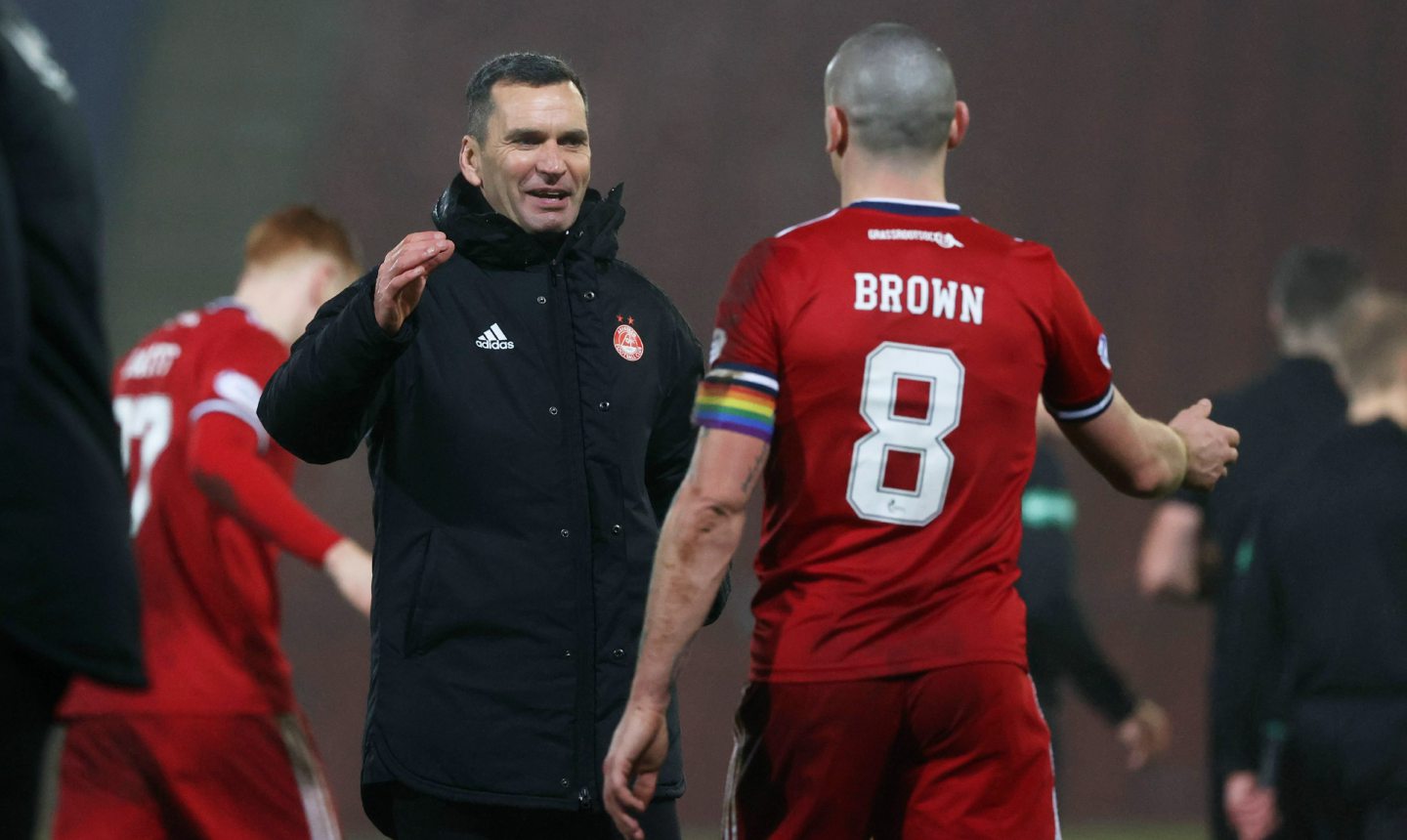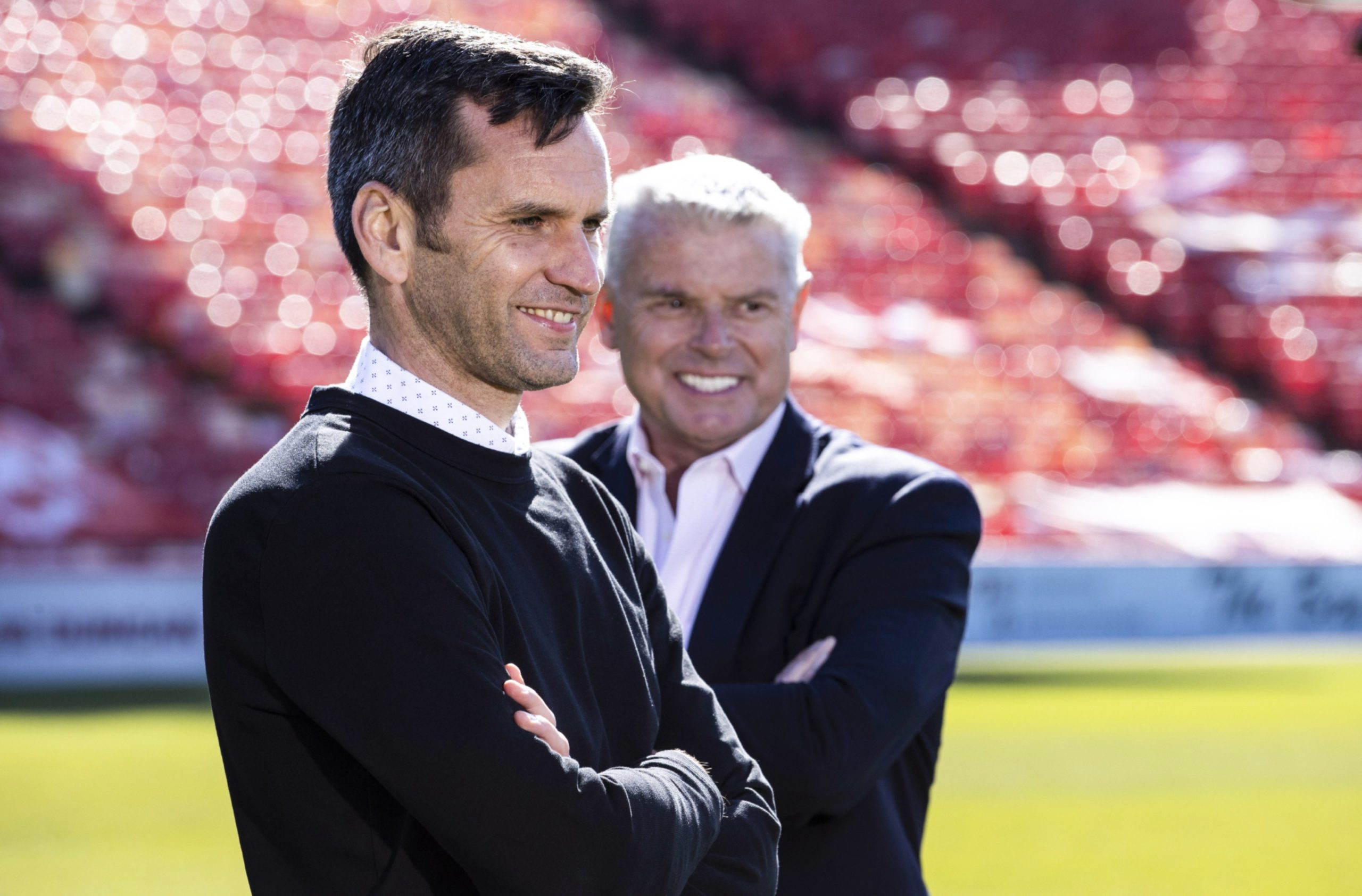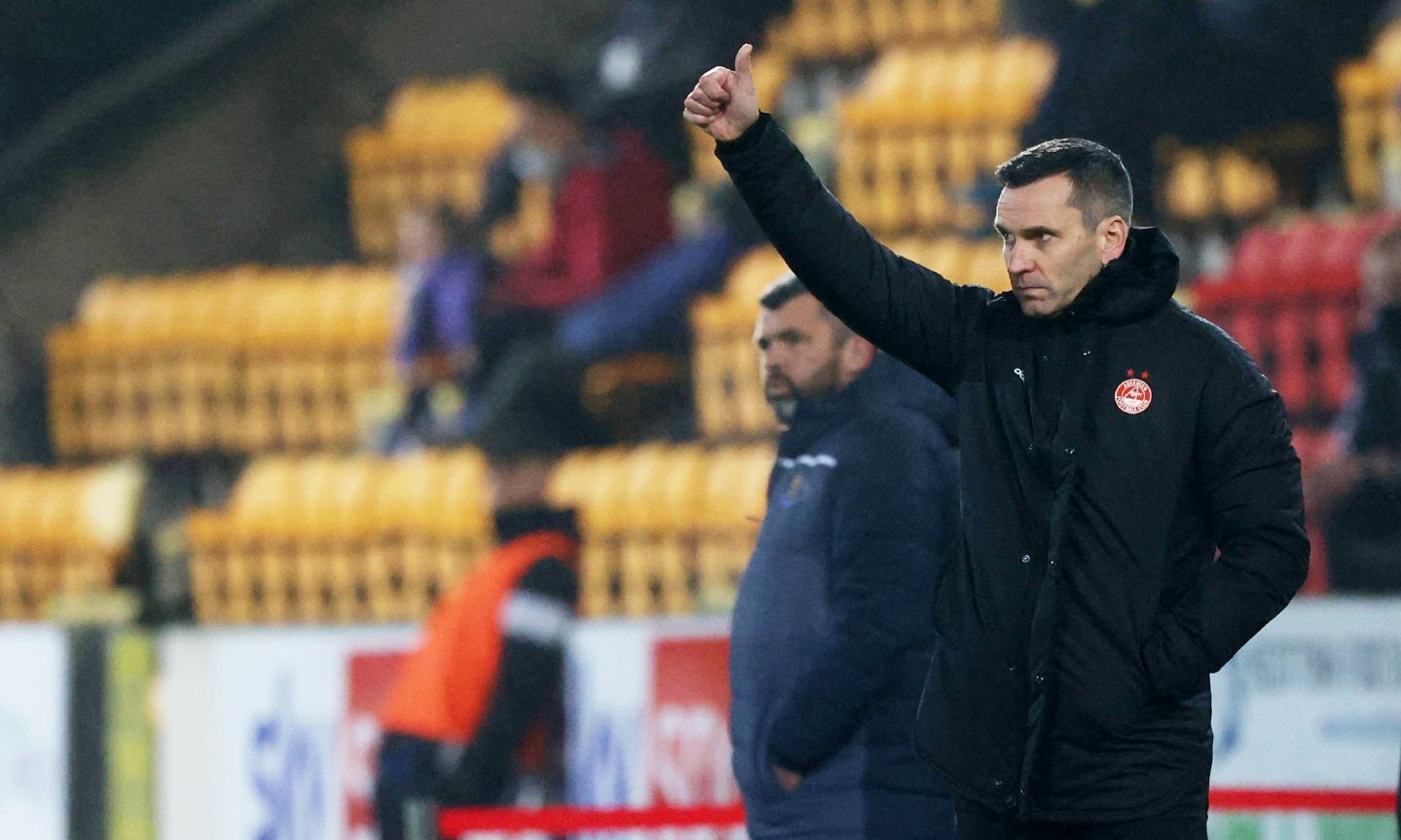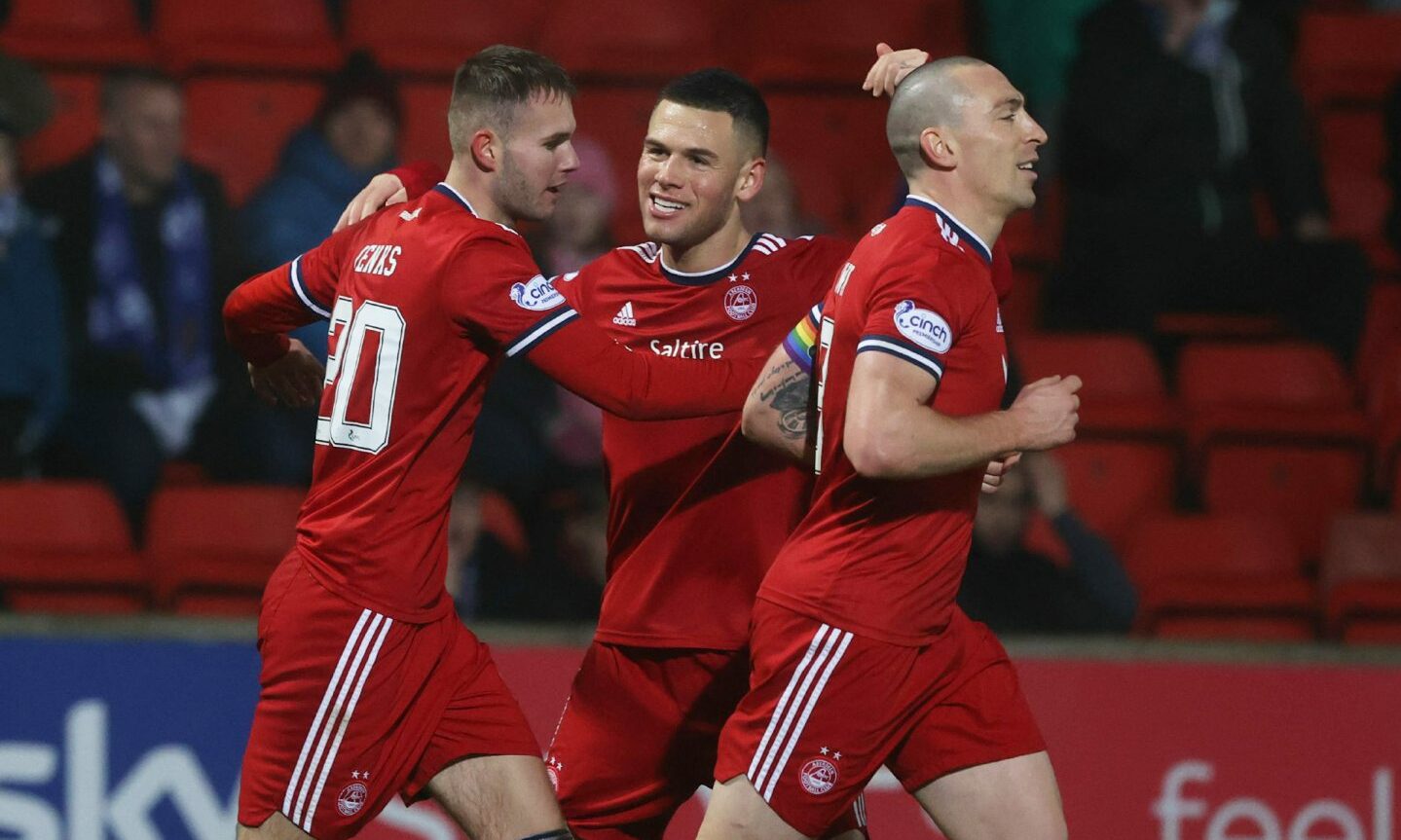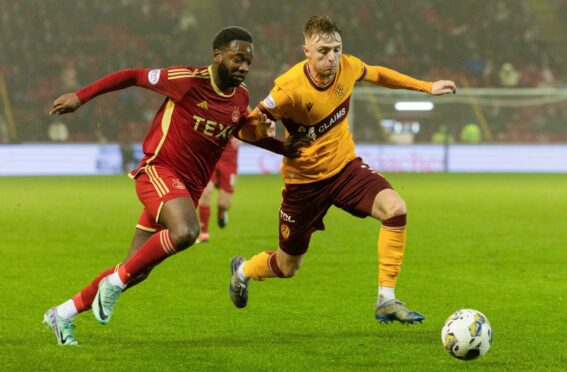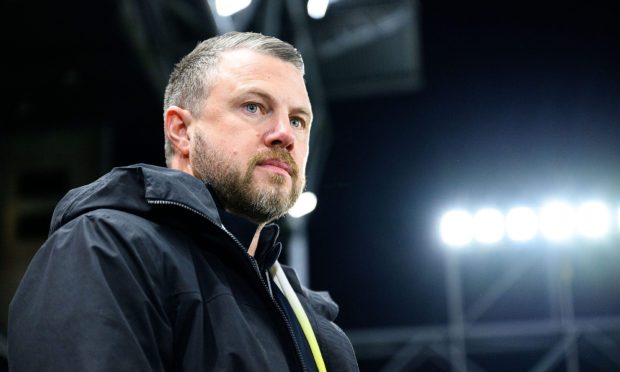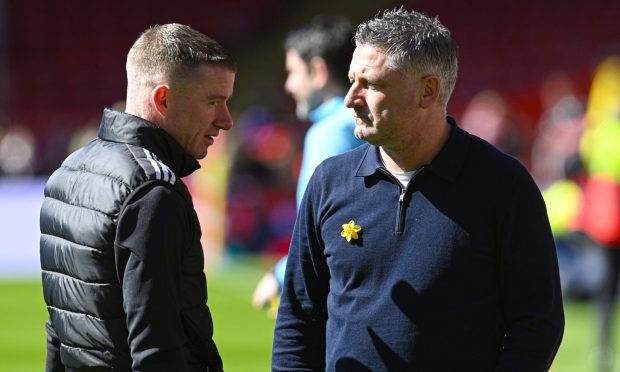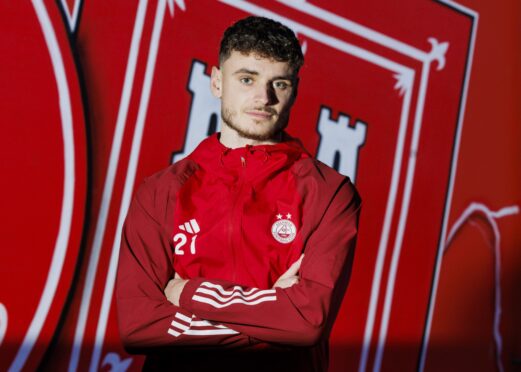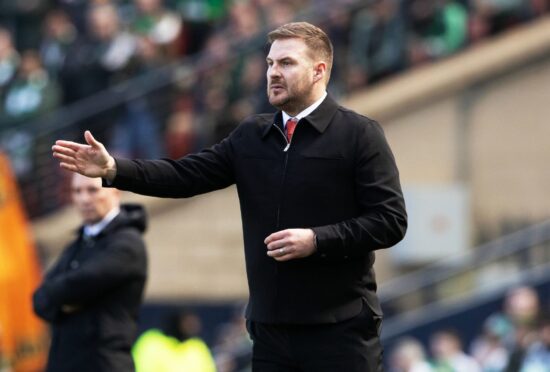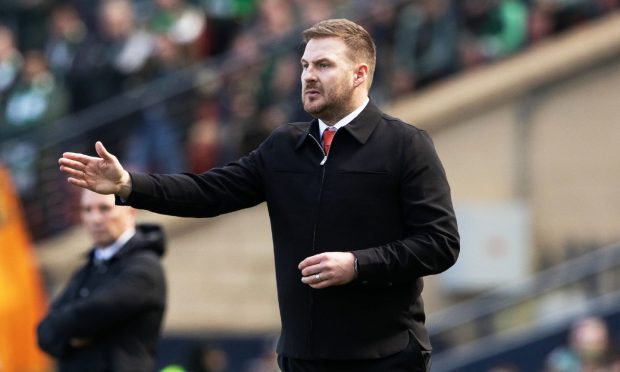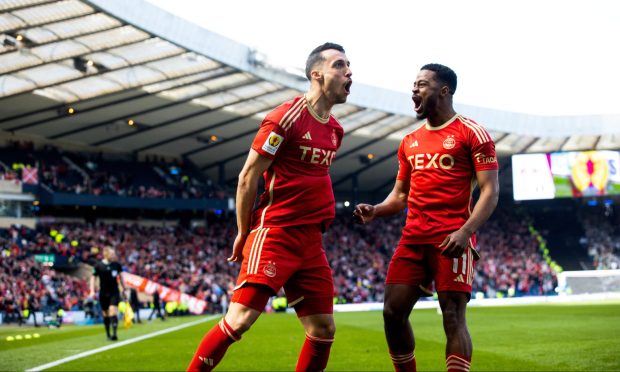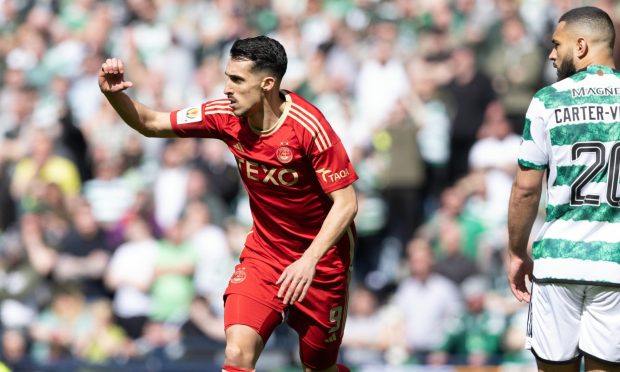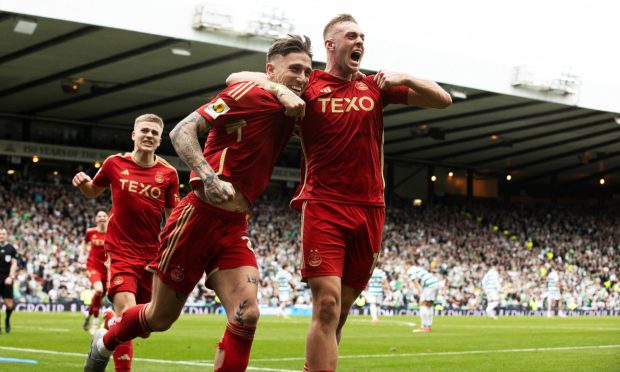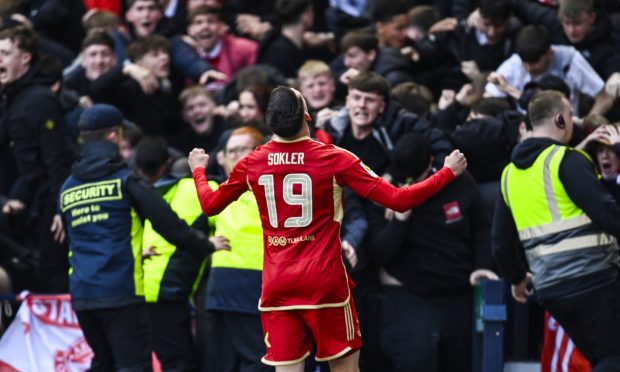Aberdeen chairman Dave Cormack hopes the first step of a revolution in Scottish football will begin next month.
The Dons, along with Dundee, Dundee United, Hearts and Hibs, commissioned independent advisors to assist in a strategic review of the SPFL.
Cormack hopes the findings, which are set to be revealed in January, can pave the way for a mammoth hike in finances for the 42 member SPFL clubs.
With the endorsement of the SPFL, the five clubs commissioned the work with Deloitte.
Cormack believes the £27 million currently distributed to the 42 SPFL member clubs can be almost doubled to £50m in the next five to 10 years.
The Dons chairman is convinced there can be an immediate 20% to 30% increase in revenue – with all 42 clubs benefitting.
With clubs facing financial crisis due to the coronavirus, the cash boost could be a game-changer.
Cormack believes key to ramping up the distributable revenues for every club will be improving broadcast deals and international exposure of the Scottish game.
Cormack said: “Where we are is that we are still working through the analysis.
“In the next month should be when Deloitte can come out and say that this is what phase one has shown up, which we hope will lead to a phase two implementation of some of the initiatives.
“What you’ll see out of the report is that there are definitely short term, in the next couple of years, the opportunity to significantly increase distributable revenues to the clubs.
“That will of course require some investments. The return is a no brainer.
“If we can invest half a million more a year to generate 10 more million, it would be worthwhile.
“For example, we get about £27m distributed to all clubs right now, depending on league position.
“We believe we can get to £50m in the next five-to -10 years.
“We believe there’s an immediate 20-30 per cent increase and we’re working on that with Deloitte.
“It benefits every club – all 42 in the SPFL. ”
For Scottish football, not five clubs
Deloitte’s Sports Business Group has been engaged to complete the first phase of a six-month review with the goal of developing a blueprint to guide the future of Scottish professional football.
Cormack said: “I’ve been involved with it.
“Leading up to the Deloitte work that we did, we as clubs got together.
“Ron Gordon (Hibs owner) took the initiative and invested himself in some consultants looking at the commercialisation, marketing and branding of Scottish football.
“The feedback from that was fairly compelling.
“We as clubs decided to invest in this ourselves.
“The deal with Deloitte says that this is for Scottish football, it’s not for five clubs.
“They wouldn’t have taken it on otherwise.”
Should be selling more Scottish games
Cormack believes Scottish football should have a bigger international broadcast audience with more games broadcast – and resultant cash return for every club in the four SPFL divisions.
He insists the SPFL is one of the ‘best, small authentic leagues in the world’ and should be maximising broadcast exposure.
Cormack was speaking after the Dons 118th Annual General Meeting, which he attended remotely from his home in the United States.
He said: “We think there is an opportunity, broadcasting-wise, domestically to potentially put another package together of other games.
“Some of the analysis against other leagues has shown that we don’t give very many games compared to other leagues.
“That’s one aspect domestically.
“Internationally as well, I think there’s a strong feeling from this that we could be doing better internationally with selling the Scottish game as an authentic game.
“It is one of the best small authentic leagues, if not the best, in the world.
“That would be the core of this maybe 20 to 30 percent potential in the next two to three years.
“The initiative is about taking advantage of the opportunity we have.
“We have a great product, an authentic product.
“We need to do better with broadcasting rights.
“I think we could be doing better. And internationally as well.”
A tough financial year for Aberdeen
Improved sources of revenue are needed more than ever with football clubs hit by the ravages of the pandemic for nearly two years.
Aberdeen recently announced their wages‐to‐turnover ratio rose from 68% to 85% after one of the toughest financial years in the club’s history.
Aberdeen also announced operating losses of £5.19m during the 2020/21 financial year.
Cormack confirmed the long-planned new stadium would now be delivered for the 2o25/26 season at the very earliest with a capacity likely to be 16 to 17,000.
The cost of building a 20,000 stadium, the capacity of Pittodrie, could be £10-15million more.
Cormack said: “We’ve said for months that the league itself this year is the most competitive since Rangers went to the fourth tier.
“The important thing is to look holistically at Scottish football.”
